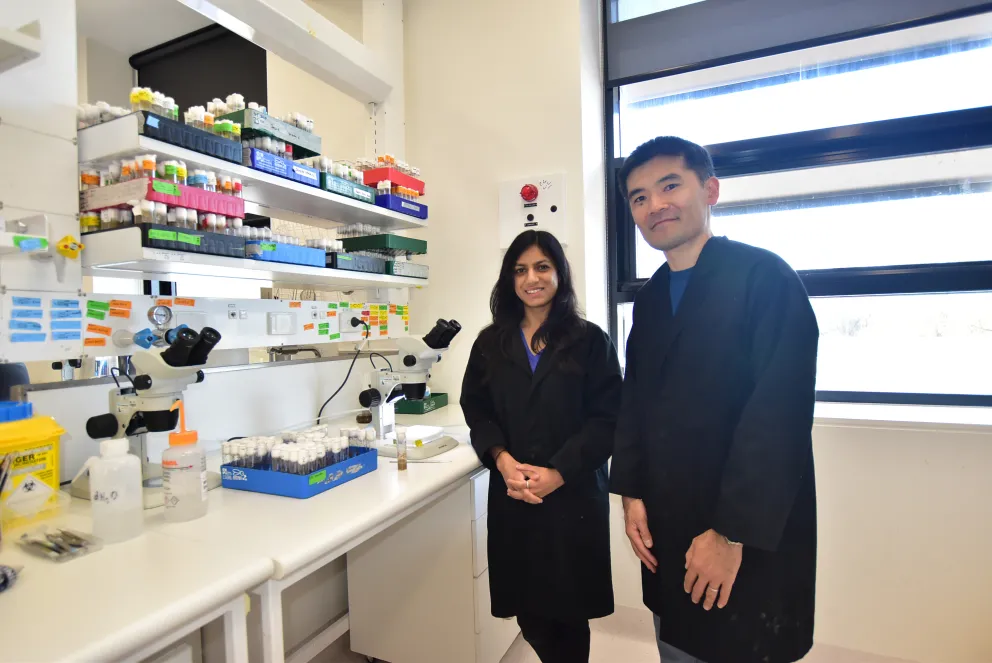
Breakthrough in understanding male reproductive development

Researchers at JCSMR discover key mechanism in sperm development.
Scientists at the John Curtin School of Medical Research (JCSMR) at the Australian National University and Aarhus University in Denmark have achieved a major breakthrough in understanding how genes are activated in specific cells during development.
Their research focuses on male gametogenesis, or spermatogenesis, where sperm cells undergo significant changes as they develop. The team identified a novel regulator called tPAF, which plays a crucial role in the sperm development of vinegar flies, Drosophila melanogaster. Unlike its more common counterpart, the PAF1 protein, tPAF is found only in the testis and is essential for proper sperm formation.
"tPAF works with other testis-specific factors to control gene expression during sperm development," said corresponding author Dr Rippei Hayashi, lead researcher from the Shine-Dalgarno Centre for RNA Innovation at JCSMR. "This discovery offers important new insights into how genes are regulated during gametogenesis."

"Unlike other previously known testis-specific factors, mutations in tPAF allow the sperm development to proceed beyond meiosis. This enabled us to capture unique phenotypes of meiosis failure. I am looking forward to further elucidating the function of tPAF during meiosis." said the Hayashi's team member PhD student Archica Gupta.
Co-corresponding author Assistant Professor Peter Andersen from Aarhus University highlighted the collaborative nature of the research, saying, "This study is a great example of how generosity and collaboration among researchers can help catalyse big discoveries. Dr Hayashi made the first key observations, but instead of investigating further alone, he reached out to suggest that our groups work on this together. Our collaboration resulted in more profound discoveries than any of us could likely have made in isolation."
The findings hold significant implications for understanding male fertility, reproductive health, and developmental biology.
The full study is published in Genes & Development.
